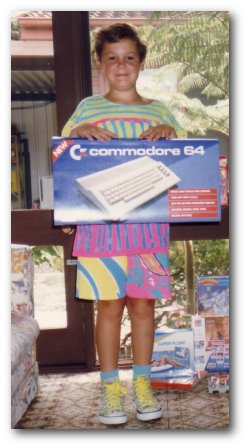Dick Smith are selling the Brother HL-2040 laser printer for what seems like a very cheap price of $89. It even says on the box it comes with a toner good for 2500 pages, so it doesn't seem to be the usual trick of a cartridge just full enough to print a test page before requiring an expensive purchase.
I fully expected to have to learn how CUPS worked, since previously I'd only ever printed to already setup printers. However, all I had to do was install the Debian packages for the LPR and CUPS drivers from the support page and plug it in (via USB) and, somehow, it magically worked. Big marks for shipping working packages for a range of distributions.
However, a big negative is that the LPR bit is proprietary. Unsurprising, since I assume the printer has almost no in-bulit logic, but disappointing none the less. Thus you of course can't use it on anything but your standard 32bit x86, which probably sucks if you want to hook it up to a printer sharing box or something (of course CUPS can network share it). And although it works now, there is always the chance it will break horribly in the future.
I think it is fairly low resolution compared with more expensive models, but it looks fine to me. The only annoyance is that the paper comes out extremely curled. This has a number of disadvantages; firstly your output doesn't sit right, secondly you need to keep a careful eye on the output tray because eventually pages will go everywhere and thirdly, I would be very worried about running it back through a second time to print on the back, since it looks like it would jam it up easily.
For someone on a budget who occasionally prints out a few things from their x86 Linux box, this printer is fine. If you were using it on a daily basis I think it would get very annoying, and I'd probably look for a more expensive model that doesn't curl the pages as much and has less chance of breaking in the future due to software bit-rot. Also, don't forget that printers don't come with a cable. I would highly recommend one such as pictured below, which as you can see has the "Proprietary look and feel of unsurpassed quality"!



 ... there's a really big box here for you ...
... there's a really big box here for you ... New Altix 350, $lots. Shipping it to UNSW, $lots. Watching them play
with the box ... priceless
New Altix 350, $lots. Shipping it to UNSW, $lots. Watching them play
with the box ... priceless Hopefully we can get this to boot so we can be super-cool like everyone
else :)
Hopefully we can get this to boot so we can be super-cool like everyone
else :)